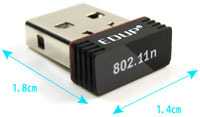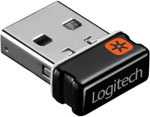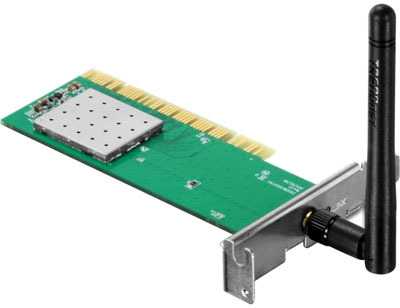6
Wireless N adapters come in all shapes and sizes: some have 2 antennas; some have only 1, and some have no external antenna at all. I assume that those with at least one external antenna have better reception/range than the thumbdrive-looking ones, but should have comparable performance otherwise.
However, I've also noticed there are now many nano/pico-sized USB wireless adapters which essentially look like the Unifying Receivers used by Logitech wireless mice/keyboards.
Nano 150Mbps 802.11n adapter vs. Logitech Unifying Receiver


PCI 150Mbps 802.11n adapter

So far, all of these tiny USB wireless N adapters are rated at 150Mbps, not 300Mbps, but they still seem awfully small compared to 150Mbps PCI or PCI-E NICs, and they're cheaper as well.
So are these miniature wireless adapters generally slower or weaker than the full-sized 150Mbps adapters or the larger pendrive-sized wireless N adapters, or is it a toss-up? Because the similar-sized Logitech Unifying Receiver is barely able to reliably communicate with my keyboard (when the keyboard is on my desk and the tower is underneath), so I have a hard time imagining these pico/nano wireless adapters being as capable as larger adapters.
2I agree with what you wrote thus far, but I think it's also worth mentioning power consumption. USB devices have limited power draw (as do PCIe, but the limit is significantly higher), and thus can't transmit data to the AP as far or as reliably. The larger, external antenna on a PCIe-based card allows for a higher transmit power (both because more power is available to broadcast, and because the antenna itself can support a higher power). Finally, once you exceed the 150 Mbps limit, you might hit the USB 2.0 speed limits (factoring in USB protocol signaling overhead). – Breakthrough – 2013-07-28T17:35:18.040
@Breakthrough thanks for mentioning about this potential problems, however I tried to explain why I think that whey are not likely a major issue here. – Petr Abdulin – 2013-07-29T03:17:06.077